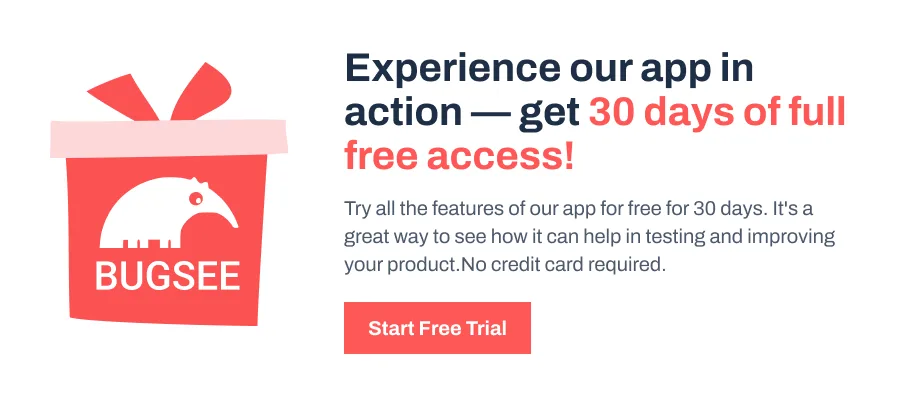If your app integrates with a third-party service that uses OAuth or other web-based login flows, Apple’s ASWebAuthenticationSession is the recommended way to securely handle the authentication process.
It provides a privacy-conscious, system-managed browser that lets users log in through a web page — and securely return to your app using a custom URL scheme.

What Is ASWebAuthenticationSession?
ASWebAuthenticationSession is part of the AuthenticationServices framework. It allows iOS and macOS apps to open a web-based login page in a secure, sandboxed environment. After the user signs in, the session captures the result via a redirect callback (typically using a custom URL scheme like myapp://auth?token=…).
This API is ideal for:
- OAuth-based authentication (e.g. Twitter, GitHub, Jira)
- External login flows in apps that use web services
- Any login where credentials shouldn’t be collected in-app
How to Use ASWebAuthenticationSession?
Use ASWebAuthenticationSession to log users in through a secure web flow. It opens a browser window, handles authentication, and returns control to your app via a custom URL scheme.
Step 1: Register a Custom URL Scheme
In your Xcode project, go to your app target > Info tab > URL Types. Add a scheme like myapp, which lets the browser redirect back to your app after login.
Step 2: Provide a Presentation Anchor
To present the authentication session properly, your app must implement the ASWebAuthenticationPresentationContextProviding protocol. This tells the system where to present the browser window.
import AuthenticationServices
extension ViewController: ASWebAuthenticationPresentationContextProviding {
func presentationAnchor(for session: ASWebAuthenticationSession) -> ASPresentationAnchor {
return self.view.window!
}
}Step 3: Create and Configure the Session
ASWebAuthenticationSession uses closures, not async/await. If you need to make async calls inside the callback, wrap them in a Task { } block. Here’s how to create an authentication session and handle the callback:
guard let authURL = URL(string: "https://example.com/auth") else { return }
let callbackScheme = "myapp" // Without '://'
let session = ASWebAuthenticationSession(
url: authURL,
callbackURLScheme: callbackScheme
) { callbackURL, error in
guard error == nil, let callbackURL = callbackURL else {
// Handle error (e.g., user canceled)
return
}
// Parse the token from the callback URL
let components = URLComponents(string: callbackURL.absoluteString)
let token = components?.queryItems?.first(where: { $0.name == "token" })?.value
print("Token: \(token ?? "No token")")
}Step 4: Set Context and Configure Privacy
Assign the presentation context provider. Optionally enable ephemeral browsing, which prevents cookies, autofill, and session data from being shared or retained:
session.presentationContextProvider = self
session.prefersEphemeralWebBrowserSession = trueStep 5: Start the Session
Finally, call start() to launch the login flow. This opens a secure browser window. After the user logs in, they’ll be returned to your app with the token or result in the URL.
session.start()